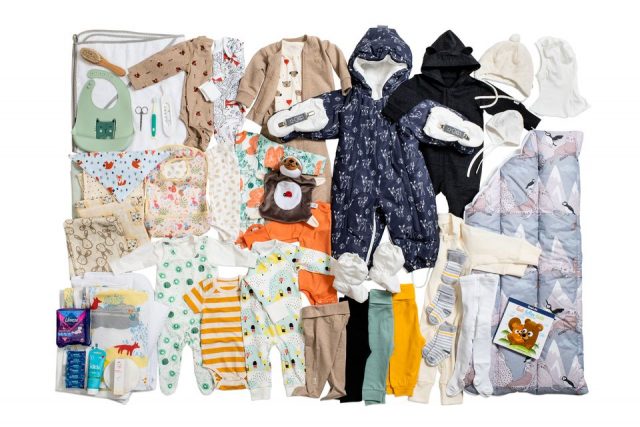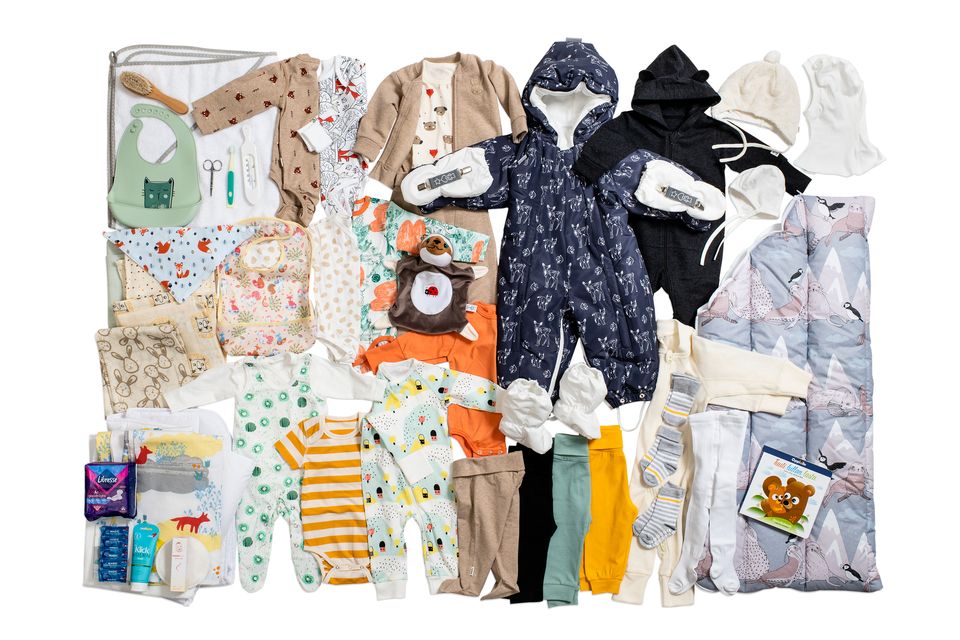This blog post reports on work-in-progress within the DfG course! The post is written by the group dealing with the Ministry of Economic Affairs and Employment’s brief on ‘Reducing the carbon footprint of procurement services’.
—
Group 2B: Andre Helgestad, Nicole Grekov and Sara D’Angelo from the Creative Sustainability program and Shreya Shrivastava from the Collaborative and Industrial Design program.
The maternity package has been an integral part of the Finnish society since its inception in 1938 [1]. The components of the package are carefully procured on the basis of their use, quality and price by the Finnish institution, Kela. The key step forward and the goal of this project is to amplify the sustainability of the public procurement process while encouraging companies to keep innovating through the example of the maternity package.

In the first two weeks, we focused on understanding the brief more in-depth through desktop research and a round table discussion. In the discussion representatives from Kela, Keino, Syke and the Ministry of Economic Affairs and Employment (TEM) provided us with their insights and answered our questions in relation to public procurement. Most importantly we were able to establish the significance of the package and its need to lead sustainable public procurement. As highlighted by this quote:
“Maternity box reflects the values of the society”.
KEY LEARNINGS
Through the roundtable discussion, we identified the key challenges and opportunities for creating a more sustainable maternity package. Firstly, the box exists within a fixed budget and set of policies which currently restricts the inclusion of potential circular services. Secondly, the key stakeholders exist in silos with limited or no communication with each other, hindering innovative ideas to flow efficiently. Finally, the procurement process garners a lot of attention from suppliers because of the quantity and pride associated with the package but these suppliers need to become more sustainable. So, there is a need to use public procurement as a means of creating incentives for suppliers to adopt sustainable practices. But due to the lack of uniform assessment criteria like carbon footprint in addition to limited communication, the suppliers lack these incentives. As suggested by Syke:
“Tools or rules should be used by the suppliers to make them more accountable.”
NEXT STEPS
So far, we have gathered a lot of information and realized that a huge number of stakeholders are involved in a complex process of procurement. They all have their own concerns and motivations that need to be addressed.
Our next step involves in-depth interviews with key stakeholders like suppliers, public consultancies, Kela, Keino and end-users. Through these interviews, we hope to further understand their needs and requirements to deliver more sustainable solutions for the maternity package. We also want to understand the relationship between these different stakeholders and what drives their current behaviour. Through all these insights we can be more effective with our design interventions.

